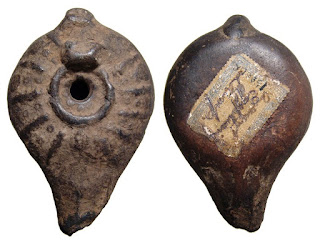Why is provenance important when buying art?
When
you’re paying a high price for a valuable piece of art, it’s important to know
that what you’re buying is 100% authentic. There are many ways to check if an artwork is
authentic or not. There’s the
consistency of the age of the frame, the signature on the artwork, and of
course, proper documentation. When it
comes to documentation, art aficionados and auctioneers make sure that
customers receive provenance when buying authentic art. But what is provenance and why is it so
important?
Provenance
is a document that authenticates a piece of art. It comes from the French word provenir meaning to come from. It shows
the ownership history of the piece of art.
Of
course, like most documentation, provenance can be falsified. This is why it’s important to know the forms
in which provenance can take. It can be
a signed statement of authenticity from the artist or an expert affiliated with
the artist, it can also be a sales receipt from the artist or an appraiser.
 Regardless
if the artwork has provenance, buyers should still be wary about purchasing the
item if the seller isn’t a proper appraiser. Examine the provenance carefully and try to
check details that are available like previous owners of the piece.
Regardless
if the artwork has provenance, buyers should still be wary about purchasing the
item if the seller isn’t a proper appraiser. Examine the provenance carefully and try to
check details that are available like previous owners of the piece.
Buyers
should also keep in mind that appraisal is not considered as provenance. Unless the appraiser you are dealing with is
an expert in the specific era of the art piece, do not take their word for the
value of the piece.
Sadigh Gallery in New York City specializes in the handling and selling of ancient art, artifacts, and coins from all over the world. The family-owned business handles each interaction with their customers with utmost importance. For more information about their services, visit this website.
Sadigh Gallery in New York City specializes in the handling and selling of ancient art, artifacts, and coins from all over the world. The family-owned business handles each interaction with their customers with utmost importance. For more information about their services, visit this website.




Comments
Post a Comment